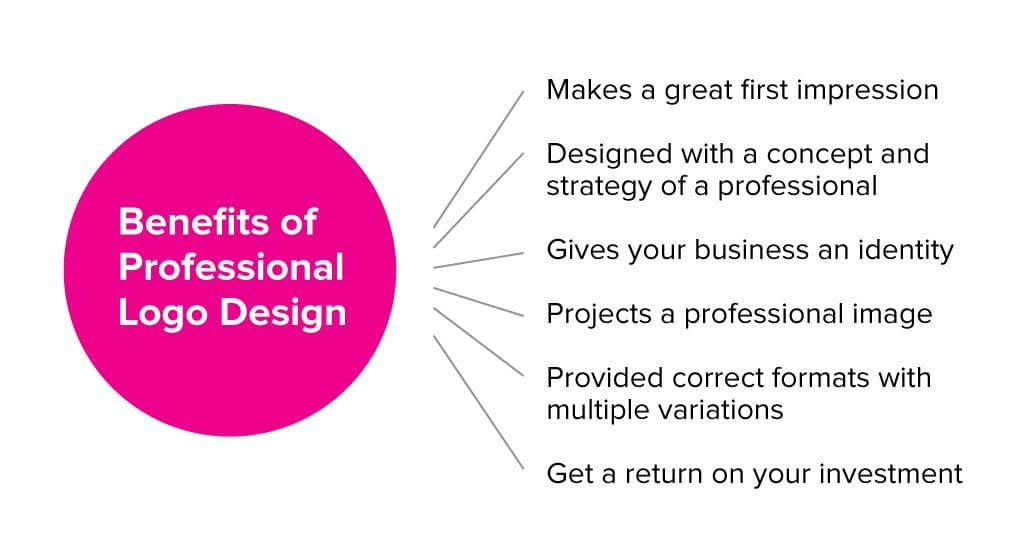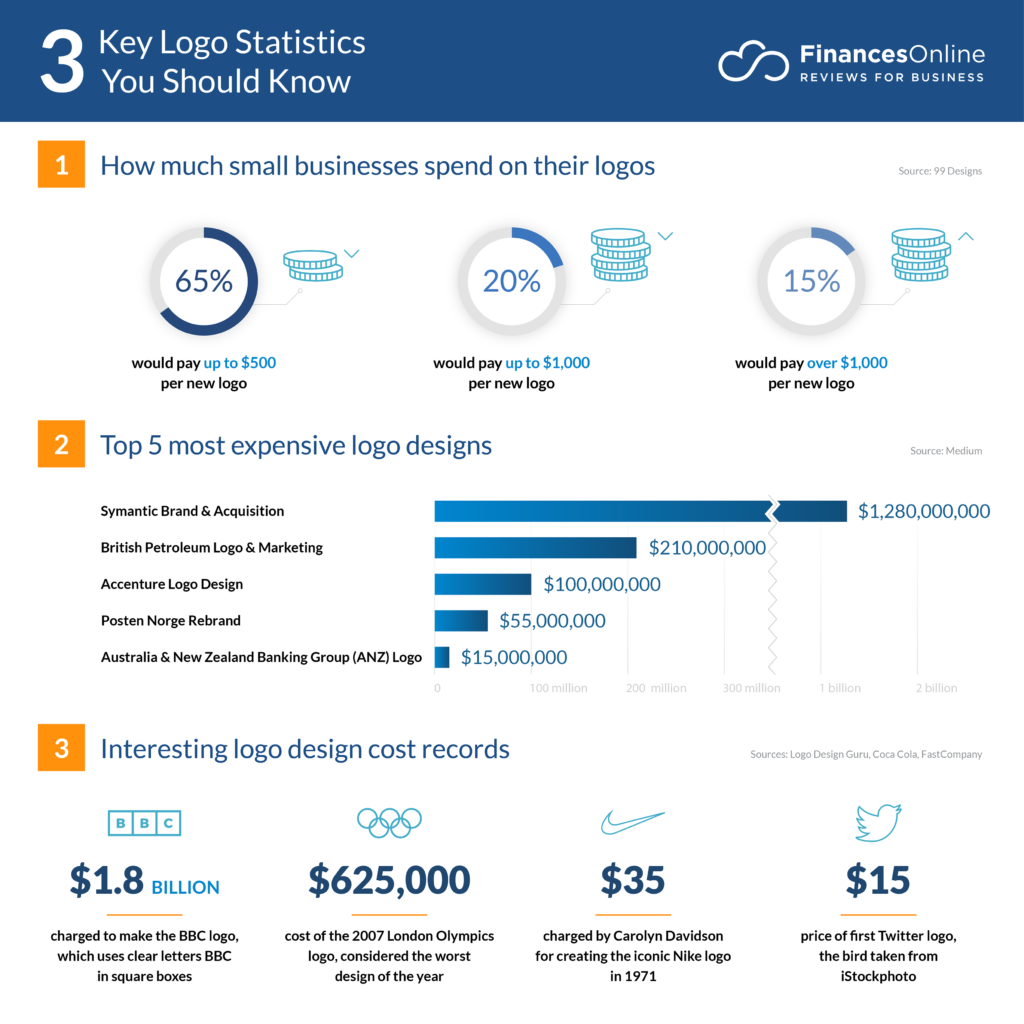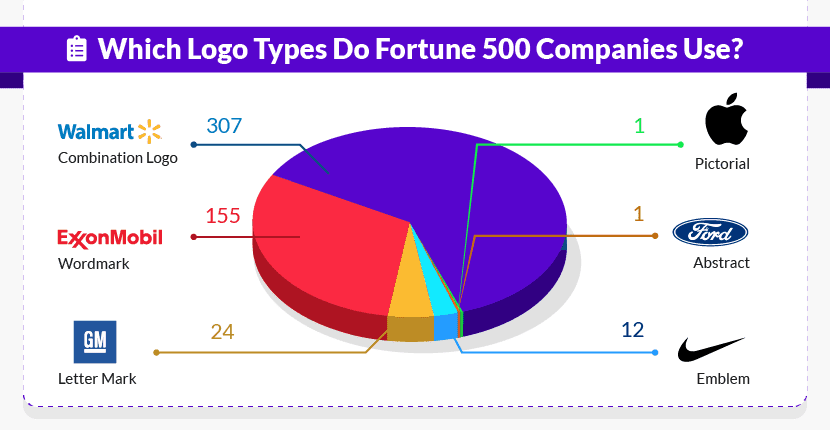10 Company Logo Design Tips (Or Questions) For an Impactful Brand Image

Table of Contents
- Significance of a Company Logo
- Designing a Logo? Ask These 15 Questions
- Key Takeaways
- Conclusion
- FAQs
The most annoying part about designing a logo is when you don’t have any inspiration. You don’t know what design to pick, what colors to choose, and how intricate the logo should be. If you are going through a similar predicament, you are not alone. But, if you believe that googling “10 company logo design tips” will solve your problem, you might be overestimating things.
Sure, you might come across some great logo designing tips that will aid you technically and creatively, but you need to ask questions to nail a logo design—to yourself if you are designing a logo for your firm or your client if you work as a designer. However, asking random questions will not only not bear any fruit but will also make you sound amateurish. Hence, you need a definite list of relevant questions that will guide you to develop the desired logo design.
This article will look at some crucial logo design questions that you must get the answers to before you sit down to design one. But before that, let’s understand why a logo holds so much importance for a company.

Significance of a Company Logo
Let’s suppose you are out to buy a pair of sneakers. You browse through tons of selections when your eyes spot a pair with a “tick” or a “swoosh” logo on it. You instantly recognize the logo as “Nike’s,” and your mind tells you, “that’s a good quality pair of sneakers.” What you’re doing here is associating a company’s logo with the quality of its products. This is the power of a great logo.
But it’s not just instilling a sense of reliability in consumers that make companies run after captivating logos. There are several other features that a gripping logo design brings with it.
- A logo gives a face to your business.
- A well-designed logo exudes professionalism.
- With a logo, your business stands out from the crowd.
- A logo helps consumers relate your brand’s quality of service with it. According to Render Forest, 75% of consumers identify a brand by its logo.
- A skillfully designed logo attracts new customers and increases loyalty among the regulars.

Designing a Logo? Ask These 15 Questions
Now that you know how critical a well-designed logo is for a business, you understand you need to put in a lot of effort to come up with a stellar logo. But not without first knowing what you or your client wants.
Here we have compiled a list of 15 questions you can ask – no, must ask – to create the desired logo.
1. Have you set any business goals? If yes, then what are they?
The first step in designing a logo is to acknowledge the message you want to convey using it. And for that, knowing beforehand what a business’s core values and goals are can help tremendously in pinpointing a direction for the logo design process.
Moreover, grasping a brand’s goals can help you add allusions to the logo’s design. For example, Toyota’s logo looks like three ellipses arranged as a “T” to many. But, the three ellipses actually symbolize the amalgamation of the hearts of Toyota’s customers and its products, with the background space serving as an allusion to Toyto’s technological advancements.
2. Have you done a competitor analysis?
A competitor analysis lets you pick out specific patterns that your competitors are using to appeal to the public. For example, if your competitors incorporate minimalism in their logos, you can either use a different approach to stand out or follow suit to match the competition.
Studying your competitors also allows you to pinpoint what types of logos (we have expounded on this below) are popular in the market.
3. Have you figured out your target audience demographics?
Knowing what demographics a brand is targeting can significantly help you design a logo in line with widespread interest.
However, when you ask this question, many a time, you will get generic answers such as “local customers,” “Gen Z,” “small businesses,” etc. In such a situation, you need to press for specific answers as you want to hit as close to home as possible with the logo.
4. How would you briefly describe your firm?
More often than not, a company’s description of itself can provide you with several clues about how you want to approach the logo design process. When you know what a company stands for, you get an idea of what you want the logo to convey.
You can then use this information to create a highly symbolic logo that exudes its brand’s message vociferously.
5. Do you want to include the company tagline in the logo?
There are standalone logos such as that of Apple. And then there are companies such as Nike that more often than not carry a tagline (Nike–Just Do It) along with it.
So before you sit down to design a logo, you would want to know whether the tagline should be a part of the logo or not.
6. Do you have a preference for the type of logo you want for your business?

Although several types of logos exist, you can broadly classify them into textual, pictorial, or abstract. Coca-Cola is an excellent example of a textual logo. Mitsubishi Automotives has an abstract logo. KFC has Colonel Sanders as its logo, which you can take as a specimen of a pictorial logo.
You can cite all these examples for deciding on the type of logo you or your client want.
7. Do you have a specific color palette in mind for the logo?
Consumers tend to associate colors with brands. Hence, before you decide on a color for the logo yourself, ask your client whether they want a particular color palette, hue, and gradient for the logo. Or you can research the best colors for a company logo and pick one of them.
8. What are your prominent marketing strategies?
A marketing strategy tells you how a brand distributes its content to its target audience. Using this, you can figure out what “type” of logos will work better for the company.
If a firm primarily uses social media, you can design a simplified logo with striking colors and font. An intricately designed logo that is easy on the eyes is a great choice for a firm that relies more on textual content.
9. Do you want the same logo on all your company merchandise?
Sometimes, firms might want a logo for their brand name and another one for their products. For instance, Virgin, an international conglomerate, uses a different variation of its core logo for all of its products and services.
Hence, when you know if you are designing a logo for a specific product range or the entire brand, you can accordingly decide your design approach.
10. Do you have any preferred logos that you would use for reference?
You often come across clients that already have a few references for their logo, which they want you to emulate. You might have a few logos you look up to. Asking this question can ease your burden by providing you with a source that you can use for designing the logo.
11. What is your budget?
The most important part of any deal is the budget. And logo designing is no different. When you know your budget, you can accordingly decide the amount of effort and the range of tools you will put into the design process.
12. Do you have an existing logo?
Many firms already have a logo that they either want to rebrand or discard. Asking if a brand already has a logo will allow you to understand what it wants to convey through its logo by providing you with a foundation to work on.
13. Do you plan to rebrand the logo in the future?
Many brands resort to rebranding to keep up with the times. Knowing that a brand has plans to change the logo in the future allows you to focus more on its current values and goals rather than putting in efforts to keep the logo relevant in the future.
14. Are there any exceptions to keep in mind when designing the logo?
Sometimes, clients leave everything up to the designers for a logo. Other times, the client already has a vague picture of the logo. In the latter case, you can breathe easy as you only have to put on paper what the client is imagining. But don’t shy away from adding your twists.
15. When do you want the finished product?
When is the deadline? That’s all you need to know to decide whether you need to put the logo design task on high priority.
Key Takeaways
- A logo is a holistic depiction of a brand and should be designed as such.
- Approaching the logo design process randomly will result in negative repercussions.
- Knowing the client’s ideas beforehand can significantly aid the logo design process.
- A logo should be impactful and memorable for the consumers.

Conclusion
Designing a logo that aptly depicts a brand’s identity can be challenging. But, if approached with a proper strategy and knowledge, the complexity of the logo design process can be significantly alleviated.
So when you set out to design a logo, make sure to strategize your efforts, and don’t forget to ask these 15 questions.
FAQs
To make your logo enticing, keep it simple, use the correct font and color, study memorable logos and use all this info to design your logo.
Research suggests that blue is the most favored color among companies and consumers out of all the best colors for a company logo.
An effective logo is memorable, minimalist, timeless, apt for a brand, and flexible enough to be used for various purposes.
In our list of top 10 company logo design tips, the number one tip suggests that you first meticulously prepare a design strategy and related information and then sit down to design the logo.
Latest Blogs
Explore how Google’s 2025 AI search updates triggered ranking chaos. Learn actionable strategies to adapt your SEO for AI Overviews, zero-click searches, and SERP volatility. Stay ahead now.
Learn how to rank on AI search engines like ChatGPT, Perplexity, and Gemini by optimizing your content for authority, structure, and relevance. Stay ahead in AI-driven search with this strategic guide.
Explore the best healthcare SEO services for your medical practice. Improve online visibility and effectively reach more patients in need of your services.
Get your hands on the latest news!
Similar Posts

Design
7 mins read
15 Best Firms Offering Design Services in India

Design
5 mins read
All You Need to Know About Data-Driven Design

Design
6 mins read